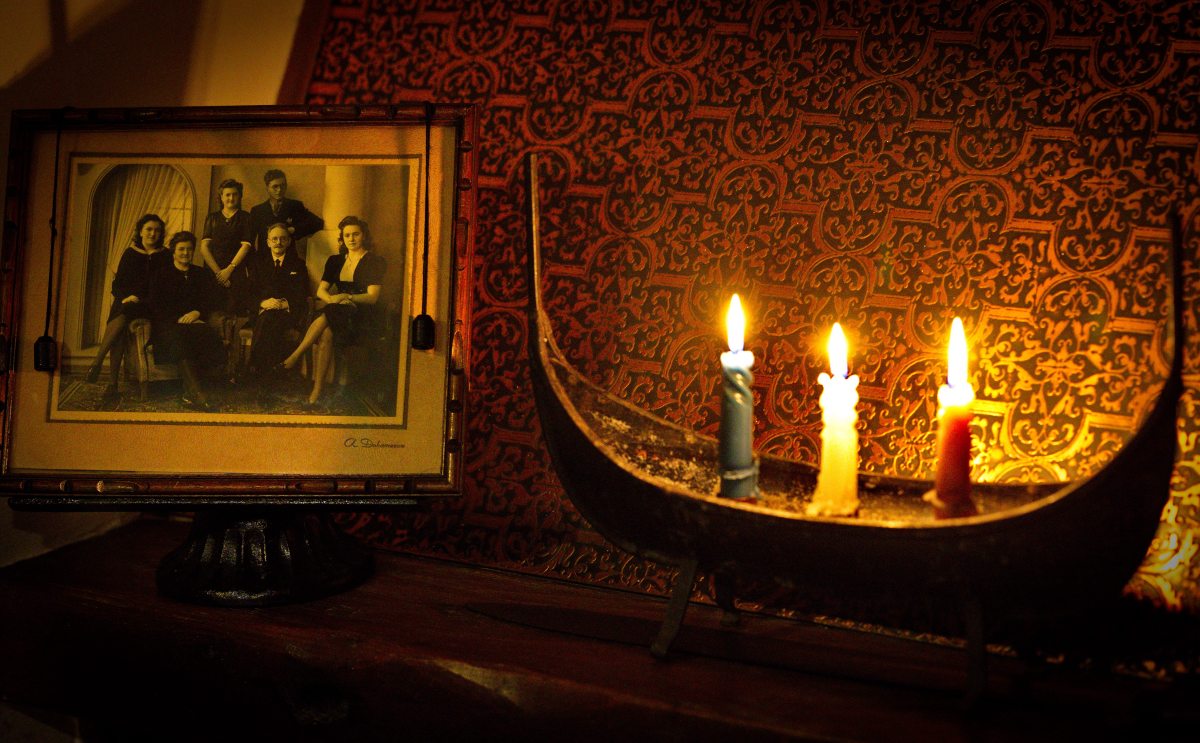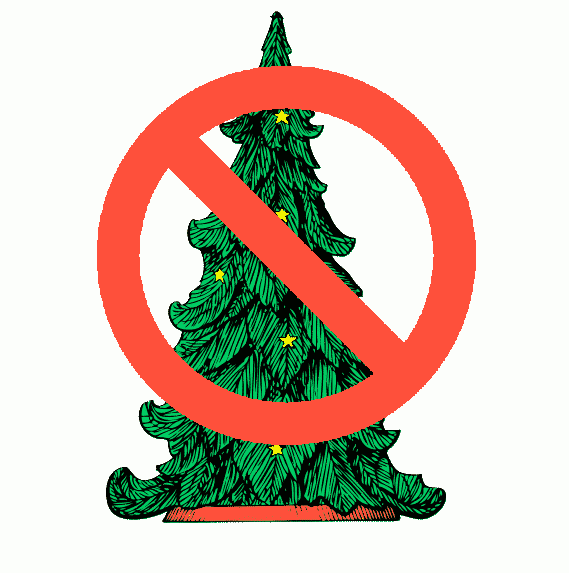Some Heathens in the Low Countries, from Flanders to Friesland, have the custom of lighting three colored candles—black, red, and white—during rituals or as part of daily worship to bring luck. These colors are also used in decoration or as part of ritual dress codes and sacred spaces. Each color represents something specific, and the order in which the candles are lit is said to be significant. Lighting the candles consciously and deliberately is part of the ritual, and the candles should never be extinguished by blowing them out, as this is believed to bring bad luck. Instead, a candle snuffer is used to deprive the flame of oxygen.
Where does this tradition come from?
There are quite a few elements that emphasize the importance of these colors. With some creativity, we can trace and interpret their origins.
The oldest sources connected to our Indo-European and later Germanic cultures are the Vedic texts, dating back to at least 1000 BCE. Other sources include the Sagas, the Edda, folk tales, traditional medicine, and even the Bible.
The French professor Jean Haudry identified this tricolour in the Vedic texts, associating it with the changing colors of the sky: black at night, red at sunrise and sunset, and white during the day. In the Vedas, three cows—black, red, and white—represent these sky colors. Haudry also connects the tricolour to the cosmic vault, which revolves around a great pillar, transitioning through black-red-white-red-black over the course of the day. He links the three Germanic gods to this celestial cycle: Tiwaz as the god of the daytime sky, Wodanaz as the god of the night sky, and Ostara as the goddess of dawn, associated with twilight red, renewal, and growth. Wodanaz manifests strongly in winter and is associated with death, while Tiwaz is the god of law and order, presiding over the Thing.
Plato also mentioned that in Atlantis, there were quarries with three types of stone: white, black, and red.
In the Saga of the Jomsvikings, King Gorm has three prophetic dreams:
• On the first night, he stands outside his hall and watches the sea retreat until no water remains. From the horizon, three white oxen appear, storm onto the land, and devour all the grass before disappearing back into the sea.
• On the second night, the same dream recurs, but this time the oxen are red with larger horns.
• On the third night, the oxen are black and even larger, with enormous horns. Finally, he hears a loud bang as the sea returns to the beach.
The dream is interpreted as a harbinger of nine years of bad harvests—nine because three groups of three oxen appeared. In Germanic mythology, sacred numbers such as three and nine often indicate divine patterns. The increasing size and horn length symbolize worsening disaster. Interestingly, while the oxen appear in the order white-red-black, we often find a natural progression in other traditions as black-red-white.
Professor Jan de Vries also noted the significance of red, white, and black as symbols of fire, water, and earth in Vedic mysticism. He found this color combination echoed across European pre-Christian traditions, including folk magic, legends, and rituals.
Fairy tales also reflect this tricolour symbolism. In Snow White, for example: “If only I had a child as white as snow, as red as blood, and as black as this ebony wood.” Here, the tricolour is presented as an ideal of beauty.
Tricolour in Folk Magic and Mythology
Examples of this color combination appear in various magical and folkloric traditions:
• A 19th-century spell from Thuringia against worms reads:
“I step on this boundary stone. The worms eat my leg. They may be black, white, or red; in one day, they are all dead.”
• In an Icelandic tale, Sigurd must tie black, white, and red cloths around his head to protect himself from the roaring of a bull from the underworld. Later, he strikes a black-red-white stone to unleash a magical storm that kills giants.
• In Finland, farmers marked their land with red-black-white rope, believing it protected the boundary with the help of a guardian spirit.
The Rigsthula divides society into three social classes:
• Thrael, the servant, has black locks and represents the lower class.
• Karl, the freeman, is rosy and red, symbolizing strength and vitality.
• Jarl, the nobleman, is blond or fair-haired, representing purity and leadership.
This association reflects character types:
• Black: clumsy and brutal.
• Red: strong, healthy, and industrious.
• White: noble, pure, and gifted.
Indo-European and Germanic Connections
Professor Georges Dumézil proposed that Indo-European society was structured around three functions, each with a color:
• Cultic (priestly): White
• Military (warrior): Red
• Economic (worker): Black
In India, the original caste system was similarly associated with color:
• Brahmin (priest): White
• Kshatriya (warrior): Red
• Vaishya (merchant): Black
In the Germanic cosmos, the world is also divided into three:
• Heaven, held aloft by the World Tree.
• Midgard, the human world.
• The Underworld (Hel), beneath the earth.
The Voluspa describes three differently colored roosters heralding Ragnarok:
• Gullinkambi, the sky rooster, is white.
• Fjallarr, the world rooster, is red.
• The Hel rooster is black.
Even Christianity adopted similar color symbolism. In the liturgy, white represents purity and glory, red symbolizes passion and blood, and black stands for mourning. The horsemen of the Apocalypse also appear in white, red, and black—each representing different functions, much like Dumézil’s framework.
The tricolour can even be found in early Christian art. A 3rd-century fresco in the Priscilla catacombs shows the three wise men bringing gifts to Jesus, dressed in black, red, and white. By the 5th century, depictions of the Magi at Sant’Apollinare Nuovo in Ravenna show them with distinct ages and appearances:
• Melchior, the youngest, with short hair.
• Balthasar, a bearded adult.
• Gaspar, an elderly man with a gray beard.
The Tricolour and the Three Mothers
The tricolour also appears on altar stones dedicated to the Matrons, or Three Mothers, an ancient cult possibly linked to Indo-European traditions. These figures echo the Norns or Fates, representing the life stages of daughter, mother, and grandmother.
Thus, we find that black, red, and white can symbolize many things:
• Black: Fertility, the past, and death.
• Red: Growth, initiation, and the present.
• White: Wisdom, leadership, and the future.
Conclusion
The tricolour of black-red-white reflects a deep and ancient spiritual heritage. Despite its unfortunate misuse by certain regimes, we should reclaim and explore its true meaning in our spiritual practices. It is a powerful symbol with roots that stretch back to Indo-European culture, reminding us of the cycles of life, death, and renewal.
Sources:
• Boppo Grimmsma, The Pagan Color Trinity: Black Red White
• Jan de Vries, Rood Wit Zwart in Volkskunde
• Georges Dumézil, Gods of the Ancient Northmen
• Georges Dumézil, La courtisane et les seigneurs colorés
• Georges Dumézil, The Rigstula and Indo-European Social Structures




